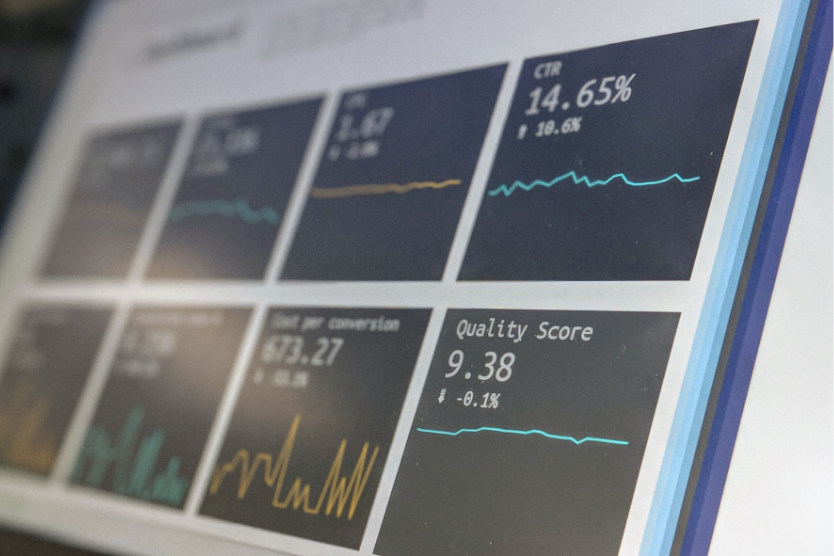
With a new measurement technology called NEXAFS and an X-ray fluorescence analysis (XRF), researchers have been able to record the number of polysulphides in the electrolyte at the two poles in various states.
© Stephen Dawson, Unsplash
As the search for alternative battery systems intensifies for the use in energy storage and electromobility, the spotlight has turned again on lithium-sulphur batteries. As sulphur is a cheaper, more environmentally-friendly and abundant element than lithium, and because the theoretical density of the combined cells is 2500 Watt hours per kilogram (higher than current lithium-ion batteries), the cell technology has great potential. But so far, scientists have only been able to achieve a quarter of the available energy capacity. Futhermore, the batteries age quickly and don’t stand up to the minimum of 1,000 charging cycles.
That is where researchers at the Physikalisch-Technische Bundesanstalt (PTB) in Braunschweig stepped in. They have developed a specialised measurement method that can be used while the battery is in operation – by zeroing on the atomic state of the polysulphides. These are chain-shaped molecules made up of sulphur and lithium that store energy. But due to an accumulated “shuttle effect” over several charging cycles, the polysulphides accumulate at the negative pole, which denudes the amount of sulphur at the cathode and therefore the energy capacity of the system.
Using a measurement technology called “near-edge absorption fine structure analysis” (NEXAFS) together with X-ray fluorescence analysis (XRF), the researchers have for the first time been able to record the number of polysulphides in the electrolyte at the two poles in various states of charge and discharge. And the results have proved very accurate: showing that it is the movement and deposition at the anode that is responsible for the decline in cell capacity. The discovery will inform new approaches to lithium-sulphur cell architecture, for example the use of polysulphide separators.


